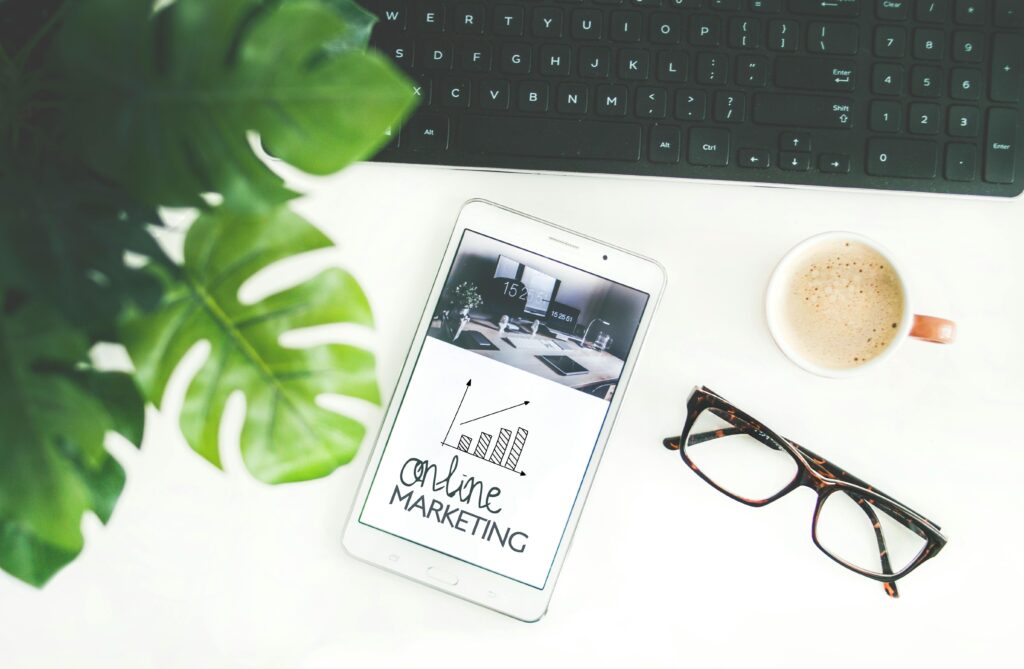


What is Email Marketing
email marketing is the use of emails to advertise a company’s goods and services and to reward repeat business. You can inform the clients on your email list about new products, special offers, and other services by using email marketing. Educating your audience about the worth of your brand or keeping them interested in between transactions can also be a softer sell. Moreover, it might be anything in between. To get the most out of your marketing campaign, Mailchimp can assist you with designing, developing, and optimizing your email marketing.
A brief history of email
Ray Tomlinson, a computer engineer, sent the first email in 1971. Even though the message he transmitted was only a series of characters and numbers, it marked the start of a new era in communication. Additionally, Tomlinson was the one who first used the “@” symbol in email addresses.
Gary Thuerk, a marketing manager at Digital Equipment Corp., sent out the first commercial email in 1978 to inform customers about a new product using this new direct communication technique.
Advantages of email marketing
Email has become such a popular marketing tool for businesses partly because it forces the user to take some kind of action; an email will sit in the inbox until it’s read, deleted, or archived.
Table of Contents
ToggleEmail marketing can help you build a relationship with your audience while also driving traffic to your blog, social media, or anywhere else you’d like folks to visit. You can even segment your emails and target users by demographic so you’re only sending people the messages they want to see most.
Disadvantages of email marketing
There are certain disadvantages to email marketing, even though it appears to be the best method for connecting with clients, generating new leads, and developing significant business connections. Actually, EZ Texting is becoming a popular alternative for businesses to employ for communication.
These are a few of the major drawbacks of email marketing initiatives.


Spam
Our email inboxes appear to be overflowing with useless content. “Lose 25 pounds in two weeks,” “Click here for a big discount.” When we see them, we almost all hit delete right away. Furthermore, a large number of these emails end up in our spam or junk mail folders, so we never even see them. These mails are usually a waste of time for the firm sending them, unless you are deliberately avoiding spam filters.

Dimensions
Your email may take a long time to load or may not load at all if it is too large. A potential consumer has just lost interest, costing you business, in the time it takes to download.
Competition
Despite its drawbacks, email marketing is a widely used strategy, so consumers’ inboxes won’t be overrun by your message alone. This implies that in order to differentiate yourself from rivals, you might need to spend more money on talented copywriters or run more promotions to draw in customers.
Design
These days, a variety of devices, including computers, tablets, and phones, can be used to access email. This implies that your clients may view a less-than-ideal version of your email unless you’re creating an email for every platform.
Email marketers are ignorant of the recipient’s operating system. What was once an eye-catching email may frequently have strange breaks, missing images, and logos. These irritate the recipient, who promptly deletes them—especially if they believe it to be spam or a hoax. Most of the time, these emails are difficult to read and contain very little information.
Cost
Even though a lot of email providers claim to be free, many still charge for extra features like attaching graphics or going over a word limit. Make sure you are aware of all the rules regarding free emails or are aware of any additional costs that can apply. The budget may be put under strain when you hire someone to create an email template, assist in compiling a database of pertinent contacts, and distribute the email.

